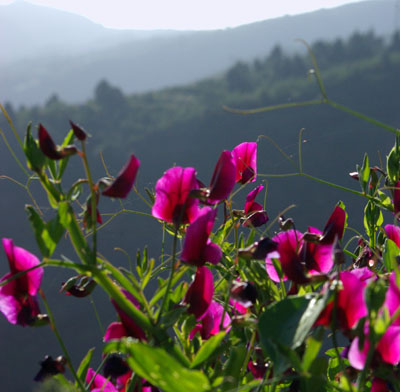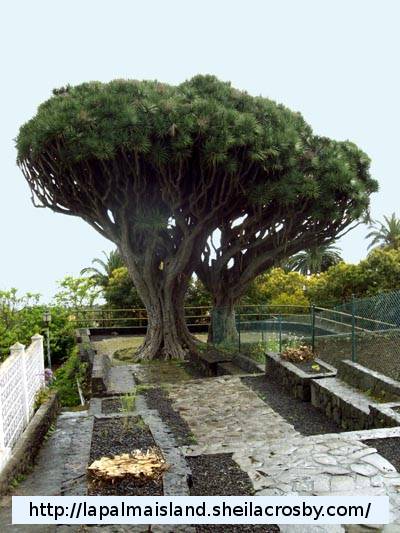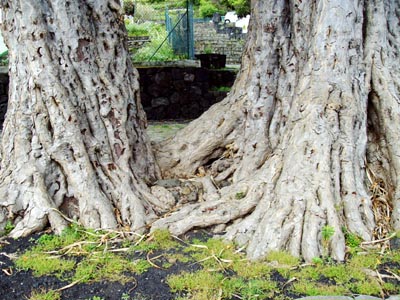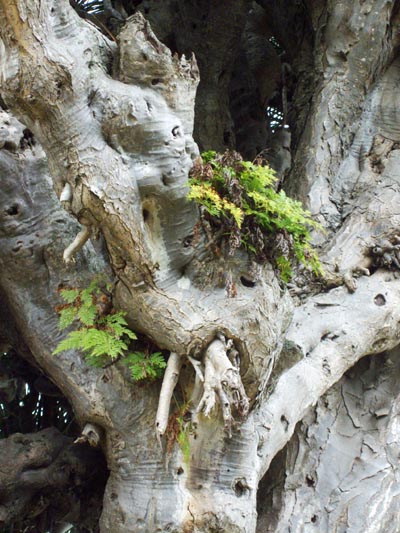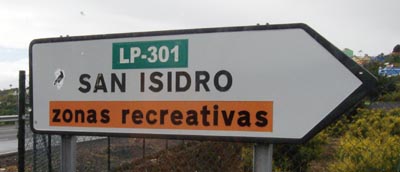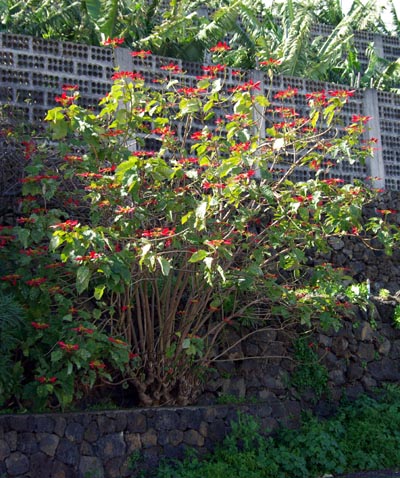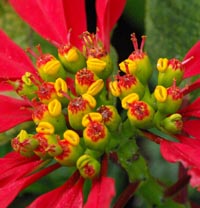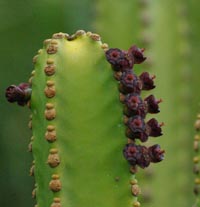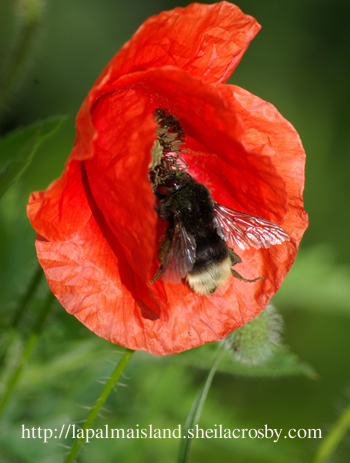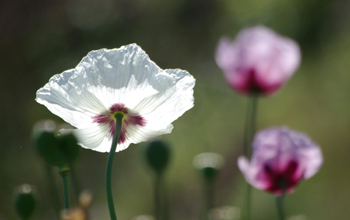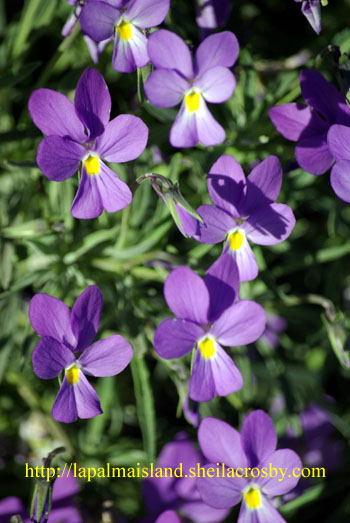
One of the most exotic looking plants on La Palma are the dragon trees.
The latin name is
Dracaena draco Although they grow anything up to 12 metres tall, botanically, dragon trees aren't trees. They don't have annual rings, for one thing. Actually, they're classified in the same order (
Asparagales) as garlic and asparagus, although they look nothing like each other. In fact, dragon trees look mostly like broccoli on steroids.
They grow throughout the Canary Islands, and also in Cape Verde, the Azores, Maderia, and western Morocco.
Because they don't have annual rings, it's hard to tell their age. The trunk branches every time they flower, which isn't every year. So you can tell how often a trees has flowered, and make an educated guess at its age that way. The tree in the photo has flowered just twice. The oldest ones seem to be about 650 years old.
The resin is reddish. In ancient Roman times, people used to dry it and sell it to alchemists as dragon blood. It must have fetched a packet.
The Canary Islands used to have a large, flightless bird, something like a Dodo. This bird ate dragon tree fruits, so the seeds evolved to have a hard protective covering to survive the bird's digestive tract. Now that the bird is extinct, this covering makes it had for the seed to germinate. The north of La Palma is one of the few places where the trees are reproducing naturally. In other places they put the seeds in an acid bath for a few hours (much like the inside of a bird) to remove the hard coating before planting the seed.
One of the best places to see them is at Buracas, below the village of Las Tricias in Garafía. That's where I took this photo. There's another lovely group at La Tosca, in Barlovento, which you can see from a viewpoint on the main road from Barlovento village to Gallegos. And there's the famous
twin dragon trees in Breña Alta.
Labels: Canaries, Canary Island flora, Canary islands, Dracaena draco, dragon tree, Garafia, La Palma, Plants
Bookmark with:
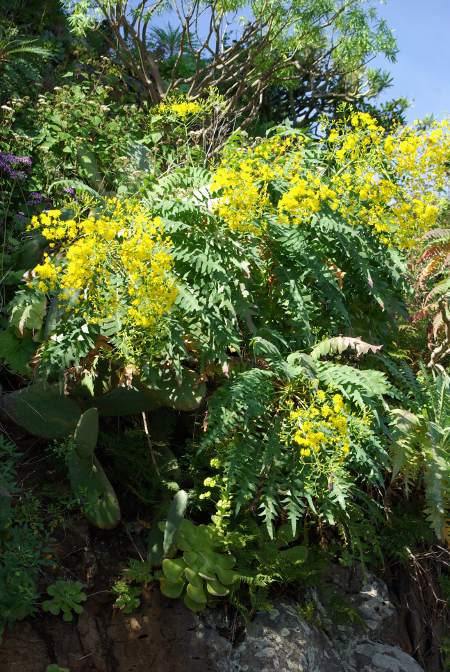
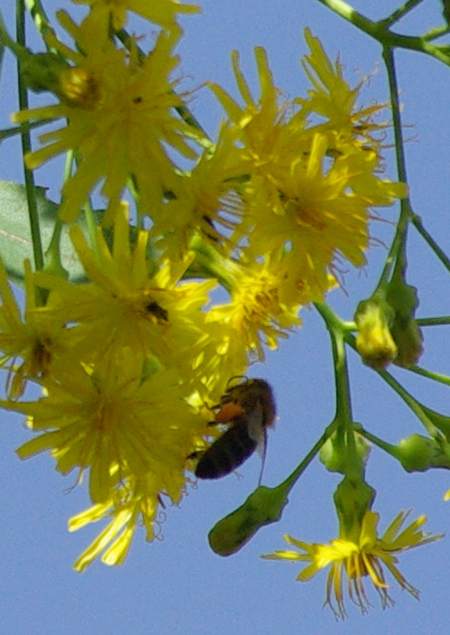
 Del.icio.us
Del.icio.us
 Digg
Digg
 Reddit
Reddit
 Facebook
Facebook
 Furl It
Furl It
 Newsvine
Newsvine


